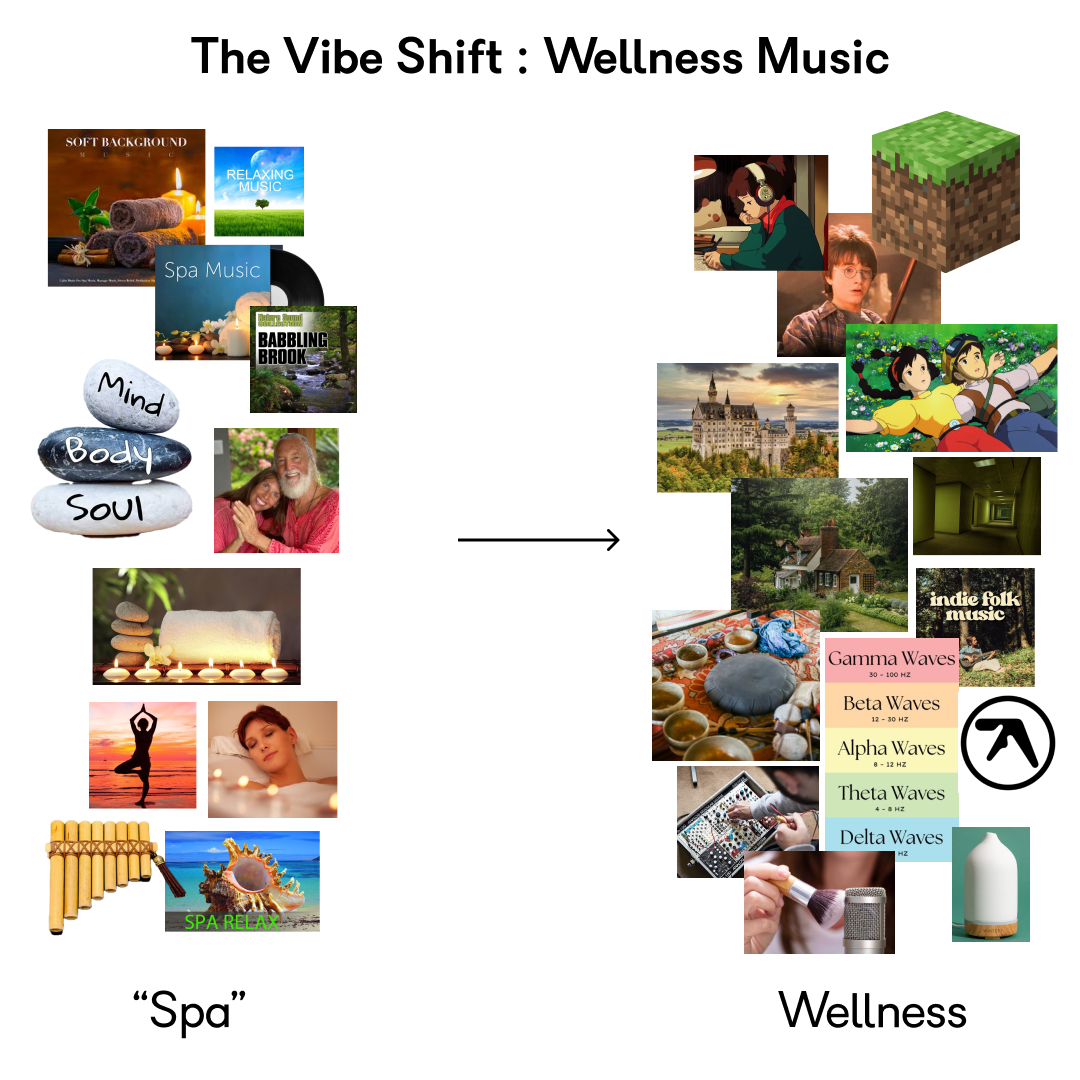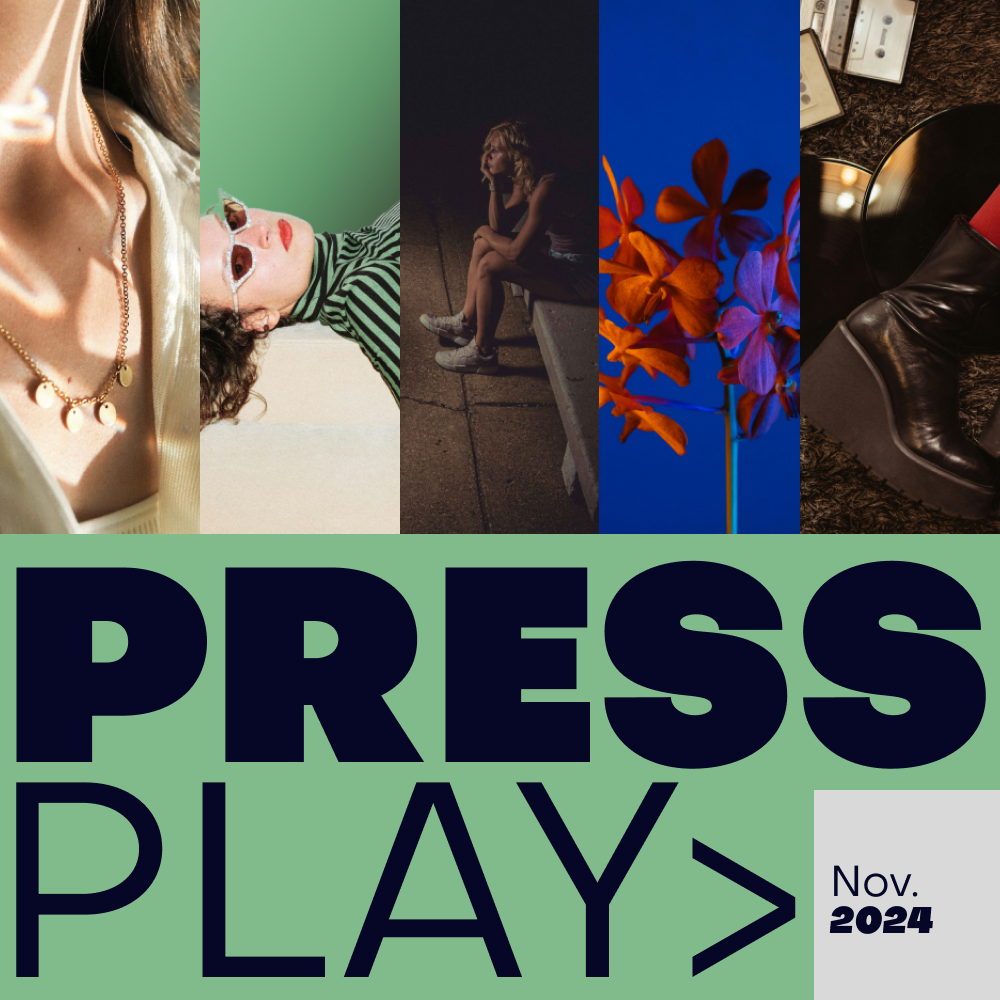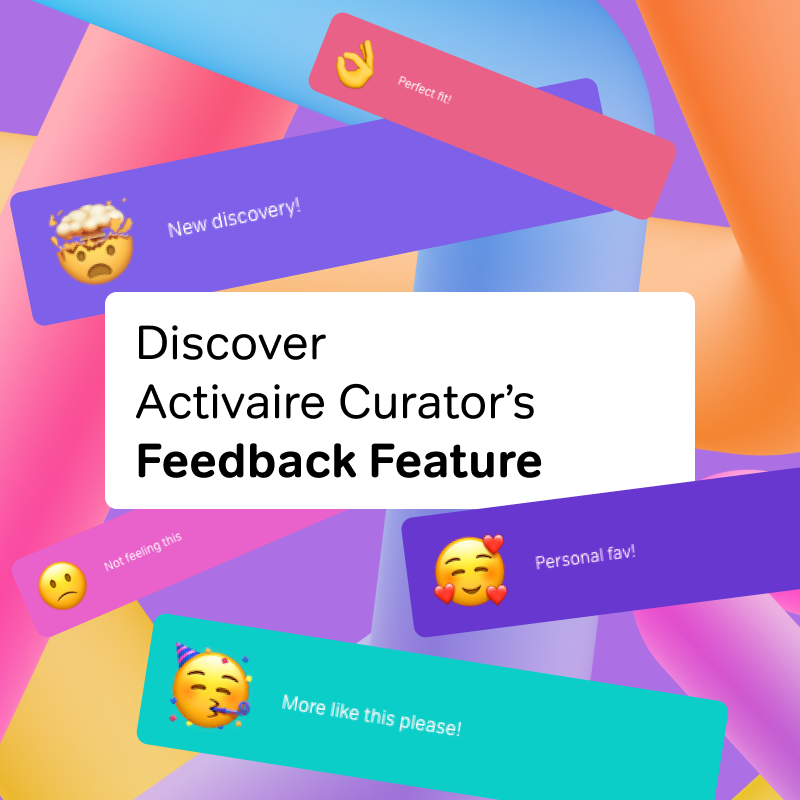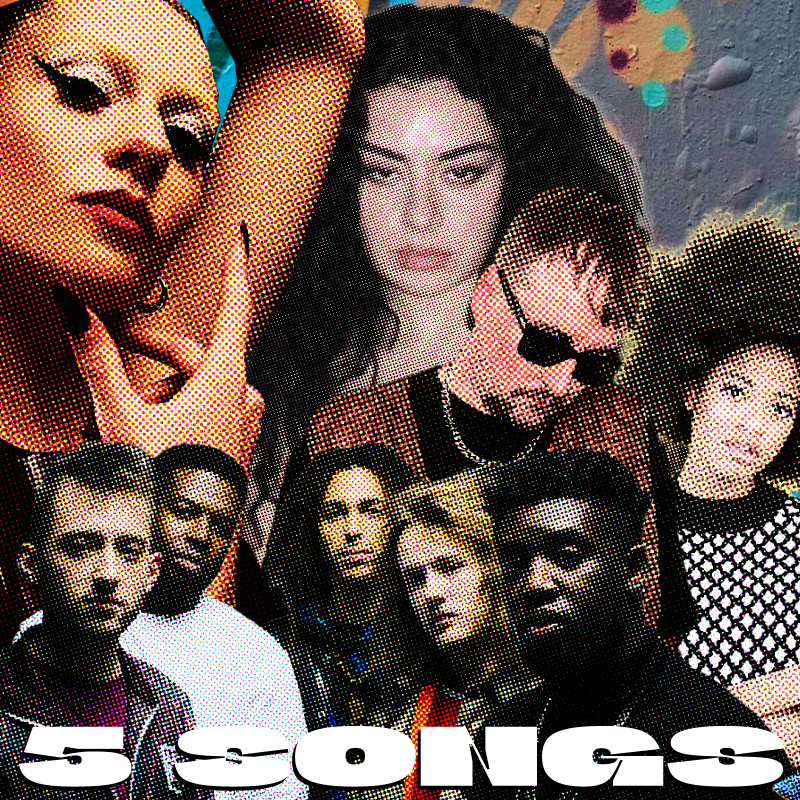Sonar+D The Metaverse, AI, Digital Twins, Virtual artists and a whole lot of bass.
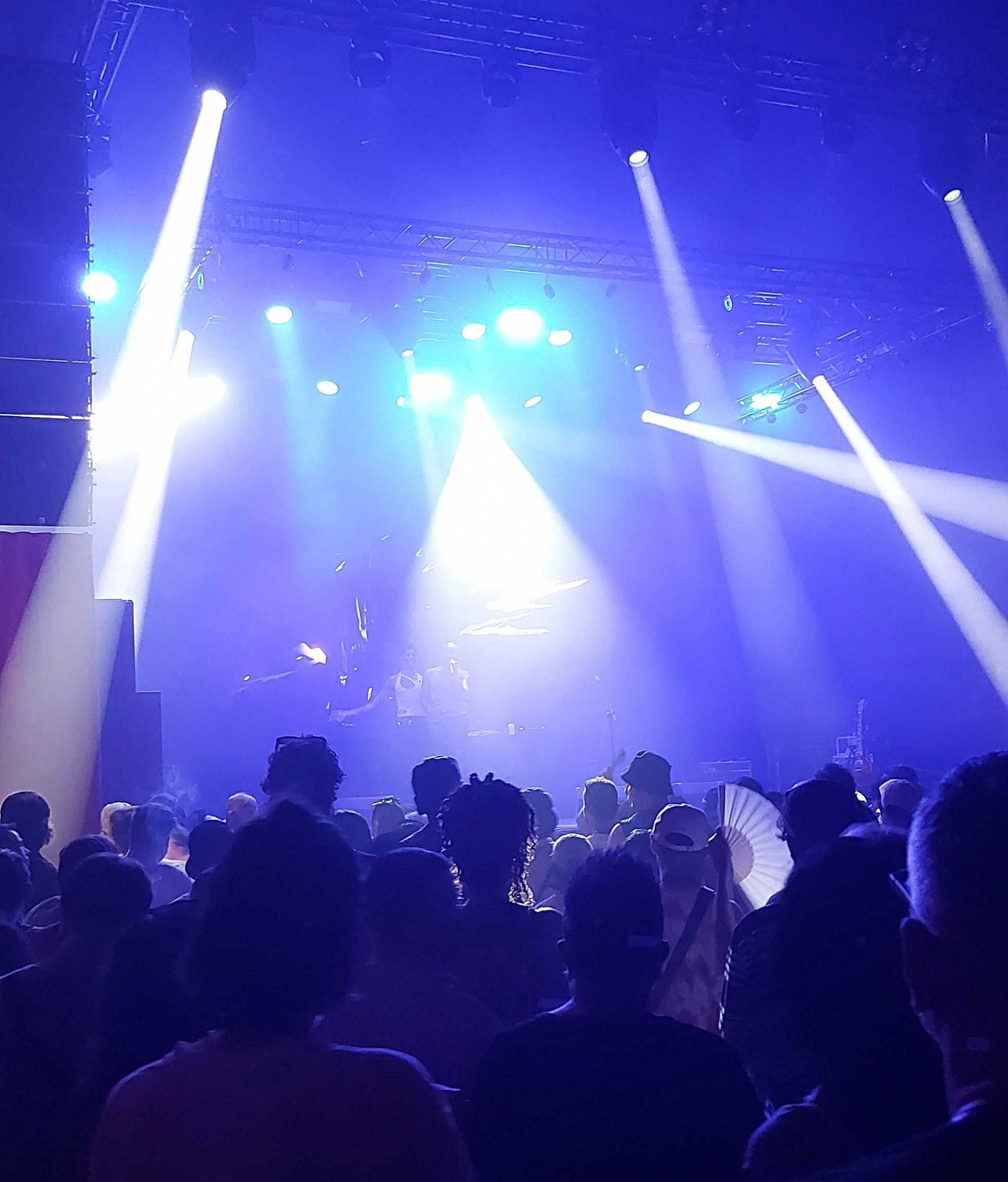
Sonar 2022 was an incredible three days of music and technology against the sweltering backdrop of Barcelona. Sonar has a long history with Electronic music, so tech-centered discussions and panels flowed naturally alongside DJs and musicians performing in the rooms next door.
With AI being a recurring theme, there were two presentations that I found interesting. The first was Sougwen 䇤君 Chung’s ‘Seeing Double – Bridging Dualities with Relational Intelligence.’ Chung is an artist whose work began as elaborate graphite drawings on paper. The drawings were complex illustrations of imaginary biological forms, smokey blooming flowers made of muscle and other fleshy tissue. Currently, Chung’s work combines traditional drawing and painting with computers and robots. Chung is often at the center of a large canvas drawing with or alongside robots she programmed. The robots function as assistants trained in her style but left to left to draw the way their programming tells them Chung might. There are moments where the robots are off doing their thing and others where they collaborate with her. Chung refers to this as “co-creation,” where the robots are nonhuman collaborators. The robots and human are mutually inspiring the direction of the work. Their programming reinforces the importance of the human and does not seek to replace it.
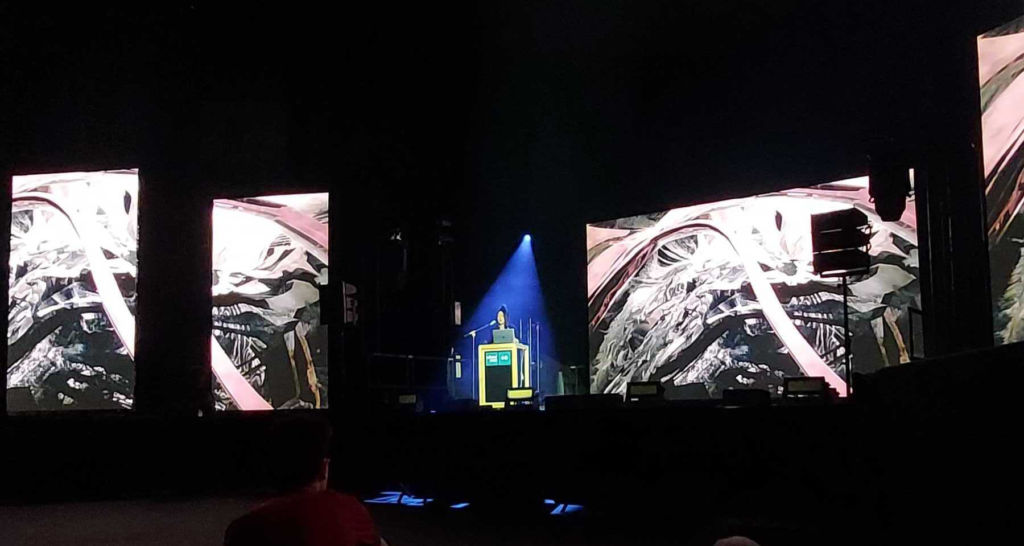
In more commercial applications of AI and machine learning, the programs tend to be replacements for a generalized “human.” This “human” might be a cashier or a factory worker. Elsewhere, AI handles tasks impossible for humans and enhances our overall capacity to create.
AI tends to be either an enhancement for all of humankind or a self-reinforcing technology designed to expand the creative reach of individuals.
In my world of music, there are moments when these two applications collide. If you consider genre, all of the parameters and variables used to describe a particular genre inevitably become fixed. You could create a piece of software that would generate a “Pop” song based on available data that describes what “Pop” is. Of course, this is interesting, and some of the results of such programs are worth a listen, but it’s also incredibly underwhelming. Humans like ease and convenience, but we don’t like predictability. Predictability is pleasing when you withdraw $20 from an ATM, and $20 comes out. When it comes to music, we want to be surprised. Taylor Swift venturing into the world of bedroom Indie Pop was a twist people weren’t expecting but loved. This week both Drake and Beyonce dropped new music that is slightly out-of-character for them, and fans went wild for it.
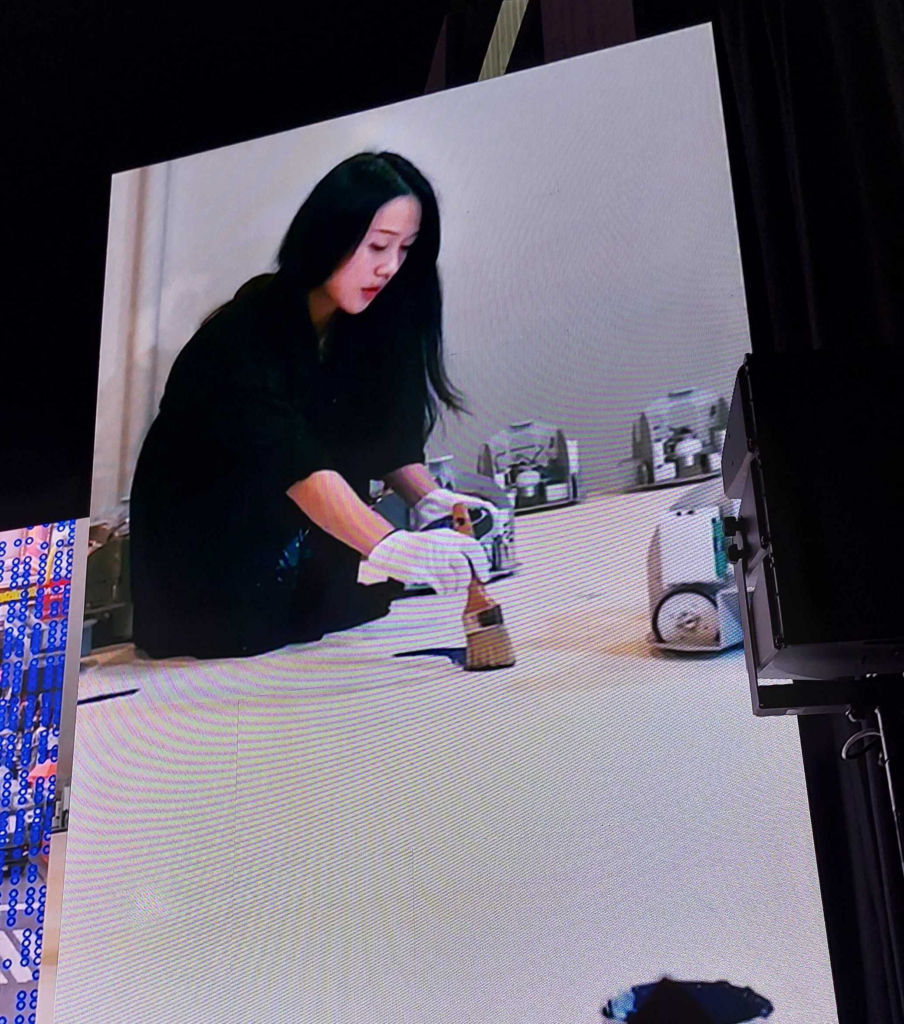
It’s easy for AI to use data to give us the top 100 Pop songs of 1992 or tell us what’s popular for a particular demographic in a precise location. Deciding what to do now that Beyonce has dropped this summer’s deep house anthem requires a human touch.
At a panel with Metaverse company, Sensorium Galaxy, Alejandra Ghersi (AKA Arca) and Svora tackled the concepts of virtual artists and digital twins. Svora wore a Darth Vader-like costume with a fencing mask and spoke through a vocoder. I was familiar with Ghersi, but Svora was new to me. Ghersi is known for the digital manipulation of both her image and sound. Many of her videos feature a 3D version of Arca in fantastic and horrific digital worlds. Her music is a highly abstract representation of contemporary pop and has drawn collaborations with Kanye West, Frank Ocean, Rosalîa, and Bjork. Svora’s music is big room industrial techno. I think he intends to blur the lines between virtual and IRL. It was hard to determine if the man sitting in the chair in front of me was more important than the digital twins performing on the screen behind him.
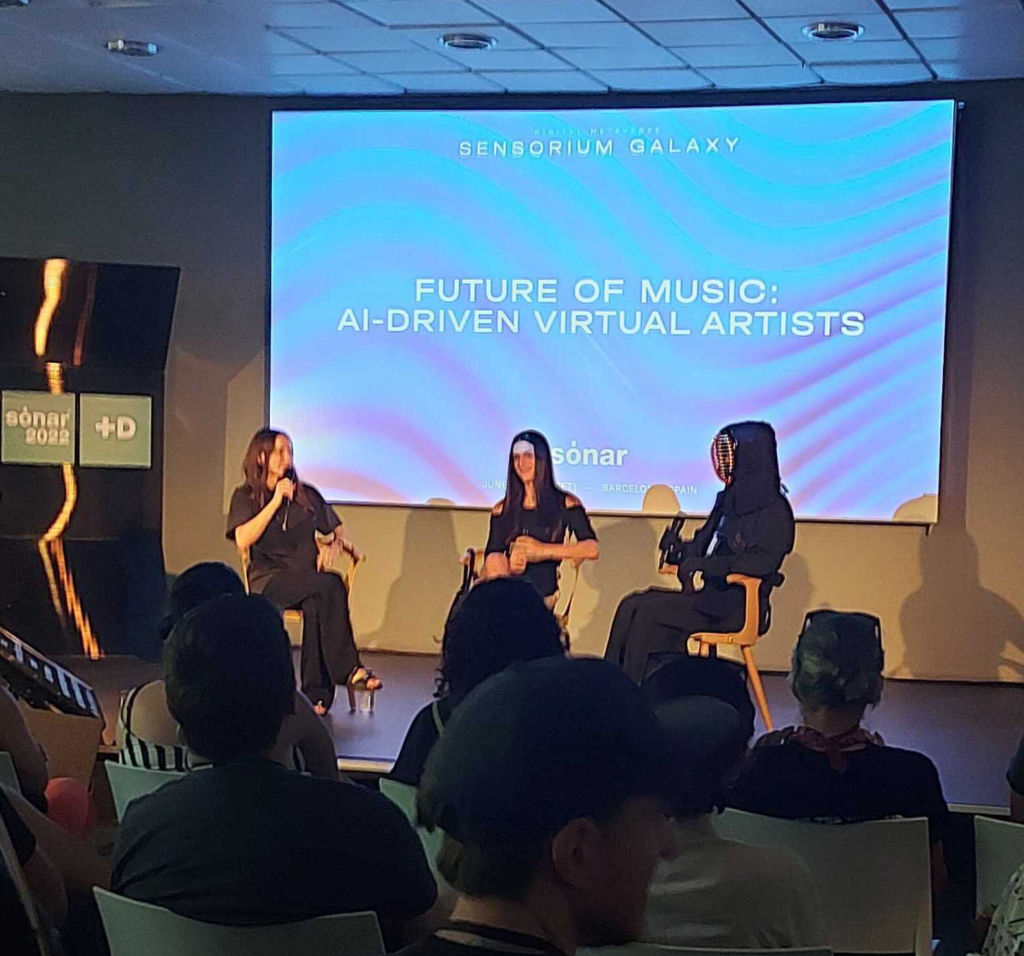
During the panel, Svora spoke in short sentences and agreed that virtual artists could be as important or possibly more important than their human counterparts. Svora’s art and his assumed character were dependent and intertwined with technology. He could exist solely as a human artist, but the virtual aspect is what gave his music value.
Ghersi, on the other hand, warned against virtual artists. Referring to them as “Bots,” she believes they are in no way as valuable or more valuable than the artists themselves. The idea that virtual artists or digital twins of artists could be owned and controlled by corporate entities was another reason for alarm. In contrast to Svora, Arca is most interesting as a human. When she layers technology into her story, the narrative becomes more complex but still centered on the human, Alejandra Ghersi. Ghersi operates in a system where she exists horizontally with AI. As with Chung, AI is a collaborator, and its existence in her work makes it a part of the message but not the message itself.
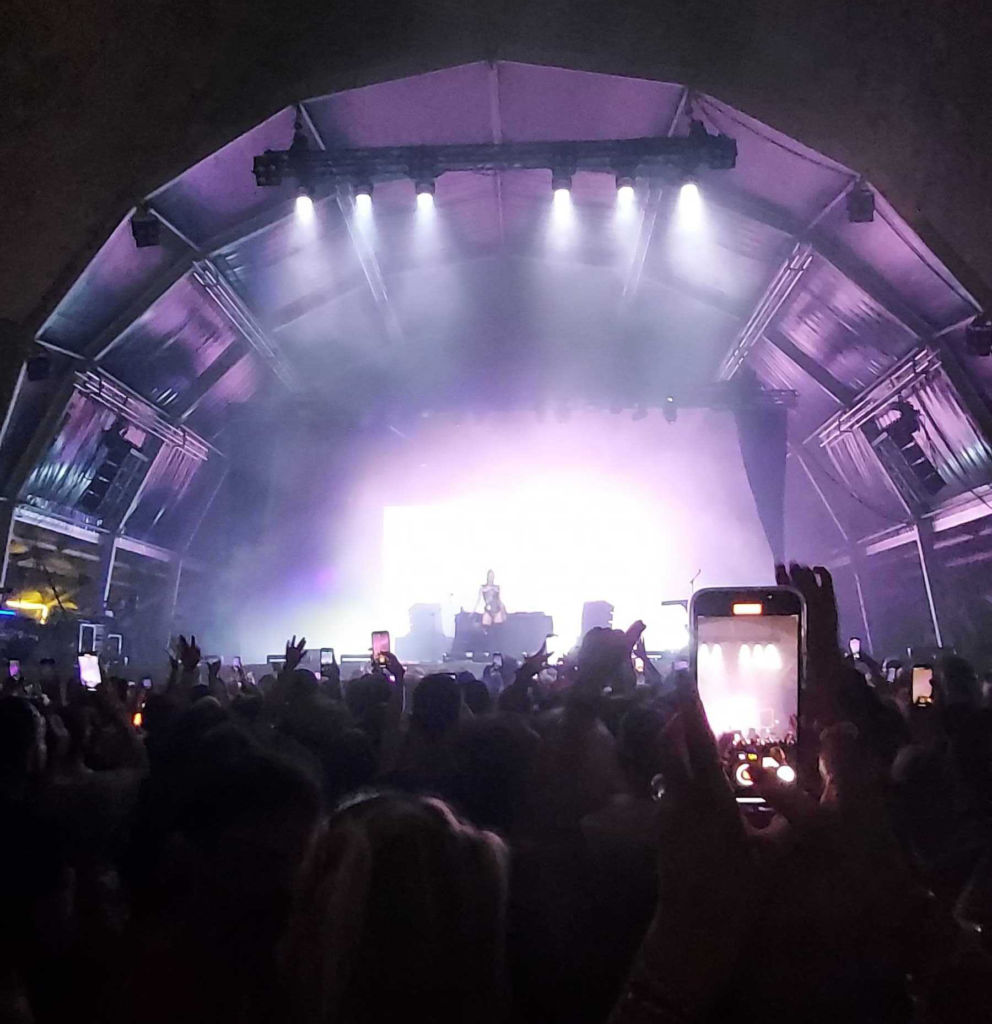
Virtual artists already exist; we grow up with them. Barney the purple dinosaur’s goofy songs are probably still stuck in your head. How many people think of Idina Menzel when they hear “Let It Go” from Frozen? We don’t mind a virtual Elsa showing up in the Metaverse and playing with our kids. We didn’t even mind attending a Travis Scott concert in Fortnite. It was cool and larger than life, but I’m not sure that applies to every type of artist. Recent Metaverse concerts didn’t do as well. How do we use technology to connect audiences to artists who aren’t as Metaverse-ready? And, how do we not destroy the very things we love about them in the process?
At Activaire, we’re interested in how AI can help us curate music in an informed way and how we, as human music curators, can use technology to create natural and authentic experiences. Find out more about our human-centered, technology-aided music curation service.
